The Nghe Tinh Soviet Museum is preserving about 20 revolutionary memoirs of Soviet soldiers in Ha Tinh province. Of these, more than half of the authors are party members in their hometown of Can Loc - considered the "capital" of the Soviet movement in Ha Tinh. The memoirs have revived the days of the fiery fighting spirit of the Party Committee and the people of Can Loc in particular, and Ha Tinh in general, during the revolutionary climax of 1930-1931 and the path of struggle full of hardship, sacrifice but shining with the ideals of the revolutionary predecessors.
The Nghe Tinh Soviet Museum is preserving about 20 revolutionary memoirs of Soviet soldiers in Ha Tinh province. Of these, more than half of the authors are party members in their hometown of Can Loc - considered the "capital" of the Soviet movement in Ha Tinh. The memoirs have revived the days of the fiery fighting spirit of the Party Committee and the people of Can Loc in particular, and Ha Tinh in general, during the revolutionary climax of 1930-1931 and the path of struggle full of hardship, sacrifice but shining with the ideals of the revolutionary predecessors.
Although we have read hundreds of pages of books about the history of the nation's revolutionary struggle, including the Nghe Tinh Soviet (1930-1931), and understood and were proud of the glorious tradition of the country, it was not until we found the memoirs of the first communist soldiers, kept at the Nghe Tinh Soviet Museum, that we fully felt the courage, loyalty and indomitable will of our ancestors in the darkness of slavery. During revolutionary activities, being captured by the enemy, shackled and brutally tortured, facing life and death, the young communist party members remained absolutely loyal to the Party and the organization, steadfast, determined, and persistently fighting for their ideals until the day of independence.
President Ho Chi Minh wrote a preface to the Nghe Tinh Soviet Museum in 1964. Photo courtesy
Through the memoirs, it can be seen that most of the first communist soldiers came from poor peasant families, oppressed to the end, such as comrades: Le Bang, Tran Xy (Hong Loc commune), Dang Nghiem (Tung Loc commune), Tran Huu Khan (Thien Loc commune, Can Loc)... However, there were also people who came from middle-class peasants and intellectuals such as: Nguyen Cu, Hoang Lien, Mai Cat (Tan Loc commune, Can Loc, now Loc Ha), Tran Manh Tao (Xuan Pho commune, Nghi Xuan), Tran Chi Tin (Son Mai commune - now Kim Hoa commune, Huong Son), Nguyen Thi Khuong (town - now Ha Tinh city), even the children of landlords such as Dao Kha (Yen Vuong commune - now An Dung commune, Duc Tho)... The common point recorded in the memoirs is that the light of revolution helped them understand the Party's ideals and rise up to fight against imperialism and feudalism, determined to gain national independence with the policy: overthrow imperialism and feudalism, achieve national independence, farmers have field
From “Dreams must come true, if you only have dreams but do not take action, then they are just unrealistic dreams” (excerpt from “Memoirs of Comrade Tran Huu Khan”, a party member in 1930-1931 (Thien Loc commune, Can Loc), the steadfast communist soldiers fought persistently, maintained their fighting spirit, overcame hardships, and remained loyal to the revolutionary ideal.
Turning the pages of memoirs that have faded with time, through the simple yet majestic memories of party members from Can Loc hometown (now some communes in Loc Ha district), we return to the days of struggle full of hardship, sacrifice but shining with the ideals of the revolutionary predecessors.

The collection of revolutionary memoirs of loyal communist cadres recorded the fighting process from 1930-1945 and was later kept at the Nghe Tinh Soviet Museum.
“I was born in 1905, in a poor farming family, and had to live in hunger since childhood. My parents worked hard all day and did not return home, and only at night did the family gather around the dinner table. But the food was not enough, 1 portion of rice and 10 portions of potatoes, and right after eating, my parents had to worry about making a living the next day. Life was difficult, and when I was 7 years old, both my parents died of hunger and illness. At the age of 20, I got married, and life became even more miserable. We had no land, so my husband and I had to “borrow rice and plow the fields” to get by… I thought that it was also a human life, why were the landlords and tyrants so happy, with an abundance of land, and when the harvest season came, the house was full of rice. While I worked hard but still did not have enough to eat, and was scolded by them all day long. Did I have to suffer like this forever…” - Mr. Le Bang, a party member in 1930-1931, Secretary of the Party Committee of Hong Loc commune (Can Loc) in the period 1954-1959 opened his memoirs of struggle like that.
Comrade Le Bang (1905-1978), from Quan Nam village, Phu Luu Thuong commune (Can Loc), now Hong Loc commune (Loc Ha), was born into a poor farming family. His parents died early, like many farmers at that time, Mr. Le Bang grew up in poverty and slavery. Life was miserable when there was no land to plow, and he had to pay high taxes to the colonial feudalists. In the face of oppression and injustice, Mr. Le Bang became self-reliant, "transforming himself" from a gentle farmer into "the stubborn Mr. Bang" (Mr. Le Bang's words in his memoirs), ready to fight against the lackeys.
With a burning desire to “change” his fate, comrade Le Bang met revolutionary Pham Trien, one of the first party members of Phu Luu Thuong Commune Party Cell (established in April 1930), who guided him to see the light of revolution and became a communist party member in May 1930. Actively working from September 1931 to December 1934, comrade Le Bang was arrested by the enemy and imprisoned in Ha Tinh Prison with all kinds of brutal torture such as: beating with cowhide whips, using iron pipes to hit his shins, tying a rope across his waist and hanging upside down from the rafters, but he still maintained his fighting spirit. “When the secret police interrogated me, I thought of my oath at the Party admission ceremony: “To be loyal to the Party's cause for life, even if I am arrested and tortured to death, I will not reveal a word”… Remembering my oath, even though I was beaten to death many times by the enemy, I still refused to reveal anything” (excerpt from the Memoirs of Comrade Le Bang).
Can Loc District Hall - where the Can Loc People's vibrant demonstration took place during the Nghe Tinh Soviet movement 1930-1931.
From January 1935 to June 1937, after being released, comrade Le Bang returned to his locality to continue his secret activities in groups. From July 1937 to March 1938, he was again arrested by the enemy for the second time at Ha Tinh Prison and Ky Anh District; from mid-1938 to April 1945, he operated secretly in the locality, then joined the Viet Minh Front, infiltrating the Phan Anh youth organization. On August 16, 1945, Le Bang was assigned by the Can Loc District Viet Minh Uprising Committee to seize the opportunity to lower the government flag, raise the Viet Minh flag on the flagpole of Can Loc district, officially affirming that the puppet government had been overthrown and the Can Loc people had successfully revolted.
Quan Nam village (Hong Loc, Loc Ha) - the hometown of Mr. Le Bang is spacious in the autumn sunlight.
For comrade Nguyen Cu (or Nguyen Dinh Cu, 1902-2001) in Dinh Lu village (Tan Loc commune, member of the Provisional Party Committee of Can Loc district in April 1930), the path of enlightenment of revolutionary ideals seemed to be deeply ingrained in every vein. Born into a middle-class peasant family, guided by his teacher and elder brother in the village, Mr. Hoang Khoai Lac - later a cadre of the Central Region Party Committee, comrade Nguyen Cu joined the Tan Viet organization and actively worked since 1926. In February 1930, right after the Communist Party of Vietnam was born, he and other members of the Tan Viet organization in Dinh Lu village such as: Hoang Khoai Lac, Hoang Ky, Hoang Lien, Mai Cat, under the direction of comrade Tran Huu Thieu (alias Tran Lai, Nguyen Trung Thien) established the first Communist Party cell in Can Loc, one of the first cells established in Ha Tinh.
In his memoir, comrade Nguyen Cu partly recreated the arduous, bloody but also glorious and proud struggle. Although he was imprisoned by the enemy twice, the first time from August 1930 to early 1933 and the second time from January 1940 to March 1945 at Ha Tinh Prison and Vinh Prison, and was brutally tortured and tortured with all kinds of torture, he remained steadfast and continued to fight in prison until he was released to contact his comrades and reorganize the Party base. In August 1945, comrade Nguyen Cu, along with comrades Le Hong Co and Ngo Duc Mau, were members of the Uprising Committee of the Viet Minh General Headquarters, leading the masses to successfully rise up and seize power in Can Loc on August 16 and 17, 1945. “That was the result of 15 years of relentless struggle by Party cells and the people of Can Loc. During that time, countless soldiers and compatriots sacrificed their lives for the noble revolutionary cause. That sacrifice led the revolution to final victory” (excerpt from the Memoirs of Comrade Nguyen Cu).
Dinh Lu Communal House - where Nguyen Cu and his comrades organized the establishment of the first Party cell of Ha Tinh in February 1930.
Associate Professor, Doctor Nguyen Thanh Tam - former Deputy Director of the Institute of Party History (Ho Chi Minh National Academy of Politics) affirmed: "The valuable thing about the memoirs of the Nghe Tinh Soviet soldiers is that they vividly and truthfully recount the revolutionary struggle journey of each individual with real people and real events, from the time the Party was first established until now. This is a valuable source of documents, helping researchers and historians to refer to and add to the history of the Party."
...
According to historical documents, Can Loc with places such as Dinh Lu communal house (Tan Loc commune), Bien Son temple, Ho Doi's house, Truong Gio (Hong Loc commune), Thuong Tru ferry, Ha Vang bridge (Thien Loc commune), Huyen Duong foundation, Nghen intersection (Nghen town)... is the place that marked the birth of the Party organization and the first Soviet struggle movement in Ha Tinh. Can Loc is also a locality with many early Soviet villages in the whole province, implementing the People's government apparatus such as in Tan Loc, Hong Loc, Thuan Thien...
Nghe Tinh Soviet Monument in Nghen town (Can Loc).
Among them, Dinh Lu communal house is considered the place where the first Party cell in Ha Tinh was established; at Thuong Tru ferry in late March 1930, the conference to establish the Ha Tinh provisional Party Committee took place; the house of Mr. Ho Doi (also known as teacher Ho Khoi, in Trung Son village, Hong Loc commune) was the place where the first Can Loc district Party Congress took place in April 1930.
Regarding the struggle movement after the Party was founded, the first large-scale Soviet demonstrations took place in Can Loc, typically the rally in many communes on International Labor Day (May 1, 1930), and the demonstrations in June and July 1930. In particular, on August 1, 1930, under the direction of the Ha Tinh Provisional Provincial Party Committee and the Party cells in Can Loc, nearly 1,000 farmers from the lower Can region gathered at Truong Gio (Hong Loc commune) and marched up to Ha Vang bridge, combining with hundreds of people from the upper Can region to demonstrate loudly. The "sky-high" revolutionary spirit made the district chief Tran Manh Dan bow down to welcome them. “Confused in his blue tunic and sandals, the district chief lost his usual majestic and arrogant appearance. He appeared submissive and fearful before the power of the people and accepted the 10 demands of the demonstrators” (excerpt from the memoirs of comrade Dang Nghiem, Tung Loc commune). The success of the Soviet movement in his hometown of Can Loc spread strongly and simultaneously to all localities in the province such as: Thach Ha, Cam Xuyen, Huong Son, Huong Khe, Nghi Xuan, Duc Tho…, forming the Nghe Tinh Soviet flame, creating the first “earth-shaking” uprising in the history of the national revolution.
Thuong Tru ferry (Thien Loc commune, Can Loc) - where the conference to establish the Provincial Party Committee took place in March 1930.
During the days when the whole country was excitedly celebrating the 78th anniversary of the August Revolution and National Day September 2, we returned to the Soviet homeland of Can Loc, feeling nostalgic as we set foot on historical sites and visited the relatives of heroic communist soldiers. 93 years have passed, the old villages that were once desolate in poverty due to oppression, the names of the lands and villages soaked in the blood of many brave people, have now blossomed with new vitality with a bright and spacious appearance. Localities such as Hong Loc, Tan Loc (Loc Ha), Tung Loc, Thien Loc, Thuan Thien (Can Loc), the homelands of Soviet soldiers, have successfully built advanced rural communes and model rural communes. Relics such as Dinh Lu communal house, Bien Son temple, Thuong Tru ferry... have been certified as national historical and cultural relics. The homeland is in renewal and development, the people here, including the descendants, families and clans of the loyal Soviet soldiers, are also constantly following the tradition of their ancestors, making more and more efforts to study, work, be creative, and contribute their strength and intelligence to the cause of building and defending the Fatherland.
Truong Gio (Hong Loc, Loc Ha) - where many mass gatherings took place in the Ha Can region to protest and fight during the Nghe Tinh Soviet movement of 1930-1931 (photo 1). The green autumn of the revolution in the rural areas of Hong Loc commune, Loc Ha district (photo 2). Today's hometown of Tan Loc (Loc Ha) - where the first Party cell in Ha Tinh was established in April 1930 (photo 3). The model rural residential area of Tan Thuong village (Tan Loc) with Dinh Lu communal house was the place where the vibrant struggle movement took place during the Nghe Tinh Soviet movement of 1930-1931 (photo 4).
One of the sons of the Can Loc Soviet soldiers who became famous and made many contributions to the country is Major General, People's Doctor, Professor, Doctor Le Nam, former Director of the National Burn Institute - son of Mr. Le Bang. Professor, Doctor Le Nam (born in 1952, Hong Loc commune), graduated from the Military Medical Academy, then successfully defended his doctoral thesis on medicine in the former Soviet Union. He has dozens of scientific research projects at all levels that have been applied in practice, is the author of 8 research books, and more than 100 scientific articles presented at conferences around the world. He has been awarded the First Class Military Exploit Medal by the State, a certificate of merit from the Prime Minister, and many other medals, certificates of merit. In 2013, he was honored as a typical Vietnamese intellectual on the socio-economic front. Now retired, Major General Le Nam is still actively participating in many scientific research activities, medical examination and treatment for the poor... He has 4 children, currently has 6 including a son, daughter and a son-in-law who are doctors.
Major General, Professor, Doctor Le Nam revisited the house where he and his father, Mr. Le Bang, used to live in Quan Nam village (Hong Loc, Loc Ha).
Referring to his father, Mr. Le Bang, and his revolutionary memoirs, Major General Le Nam was moved: “Since childhood, I had to live in difficult and arduous circumstances when my father was often sick due to the consequences of enemy torture; my mother was also sick and blind… But it was my father's revolutionary spirit, dedication and sacrifice that gave me the fire of enthusiasm and spiritual motivation to overcome many difficulties and challenges and reach success, constantly striving to contribute to the country.”
Video: Professor Le Nam, former Director of the National Institute of Burns - shares memories of his father - Soviet soldier Le Bang.
In the historic September days, walking among the heroic land of Can Loc in the autumn sunshine; beside the spacious villages are the fields stretching as far as the eye can see, glowing with the golden color of ripe rice, we are even more proud of the Soviet tradition. The memoirs of the first communist soldiers of that day seem to still be burning with the flame of revolution. That flame has been, is and will always burn to add strength and enthusiasm to the generations of today and tomorrow.
Article and photos: CT-XH Reporter Group
Design - engineering: huy tung - khoi nguyen
(To be continued)
5:08:09:2023:08:03
Source


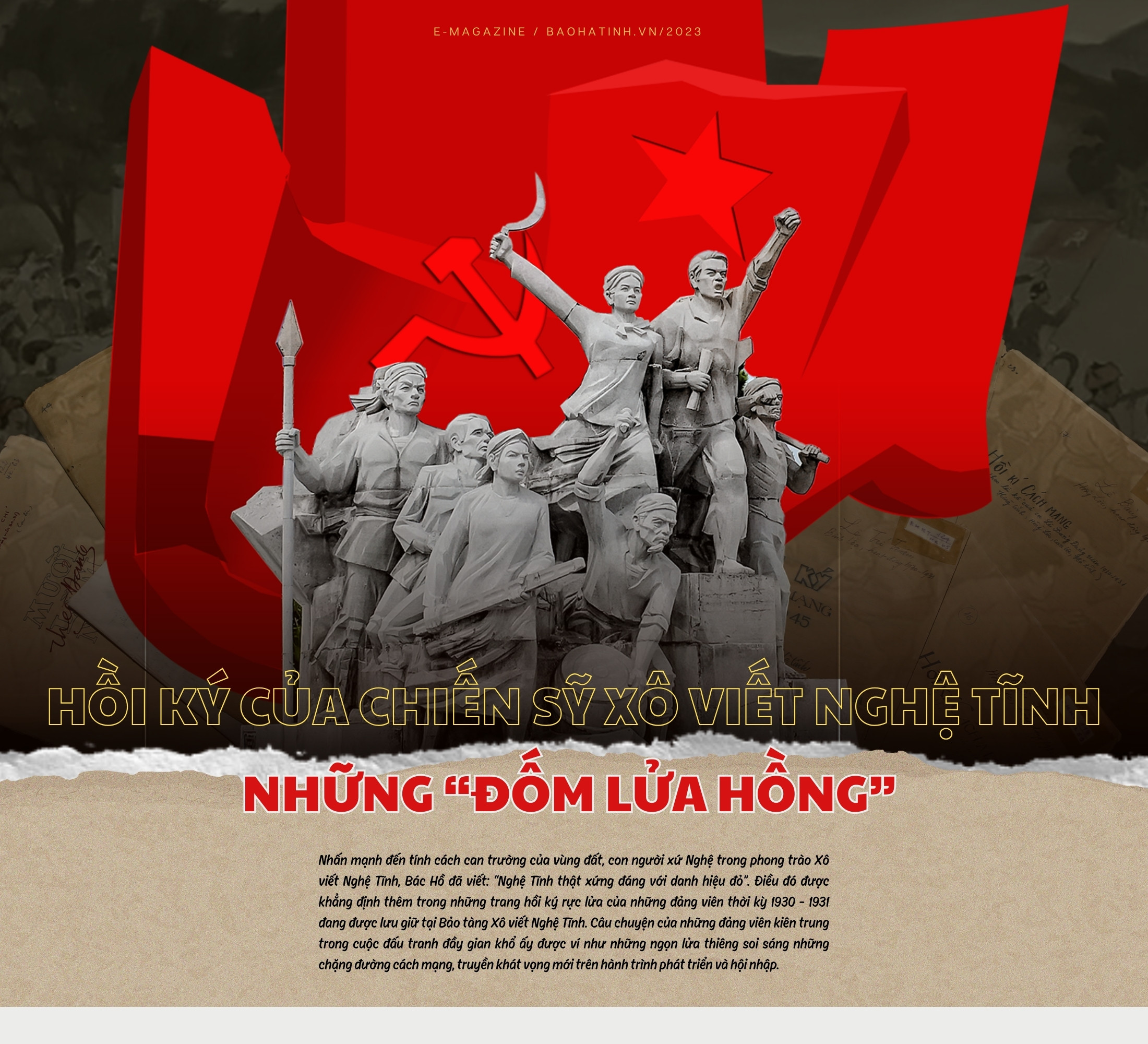
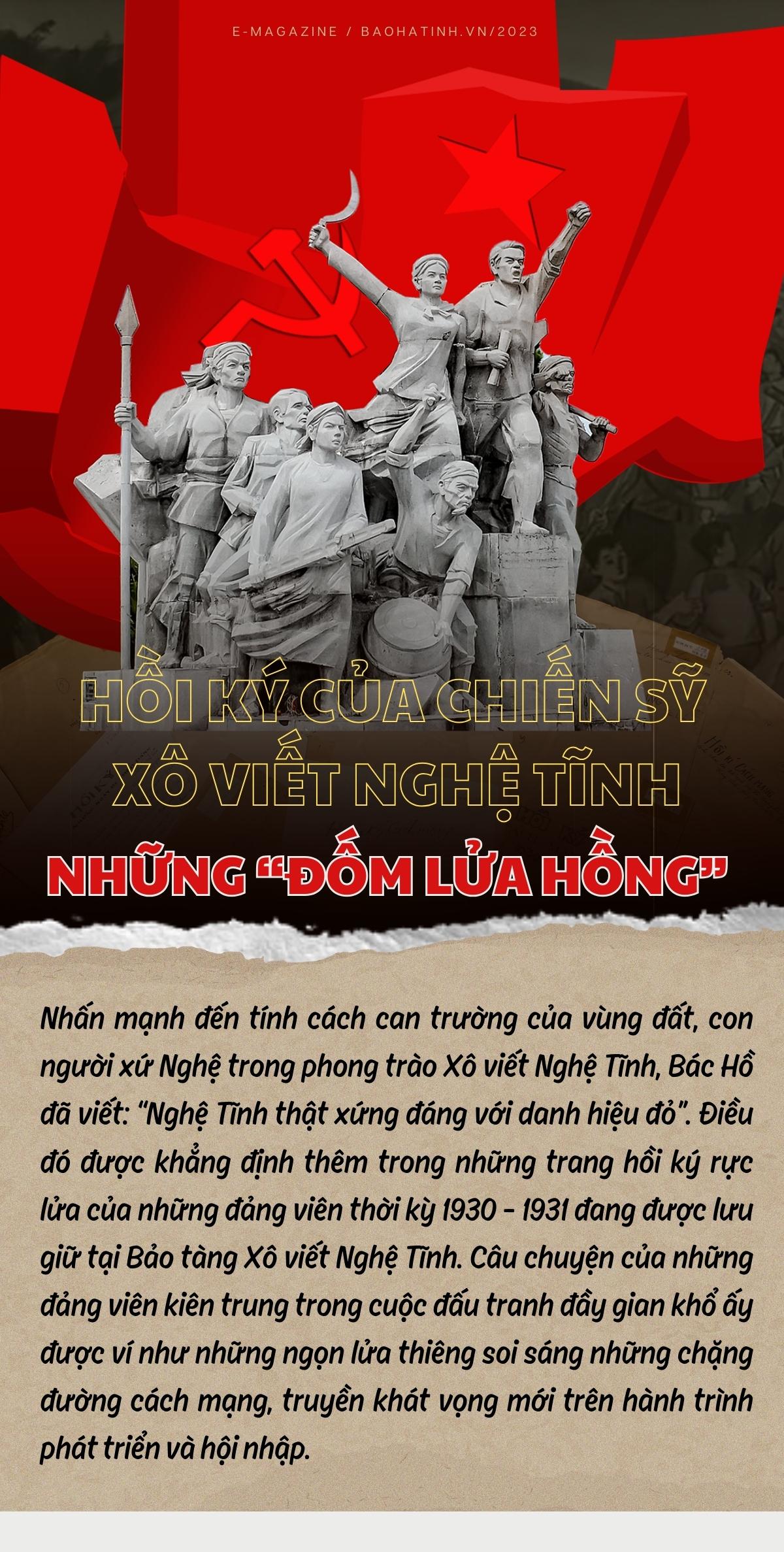
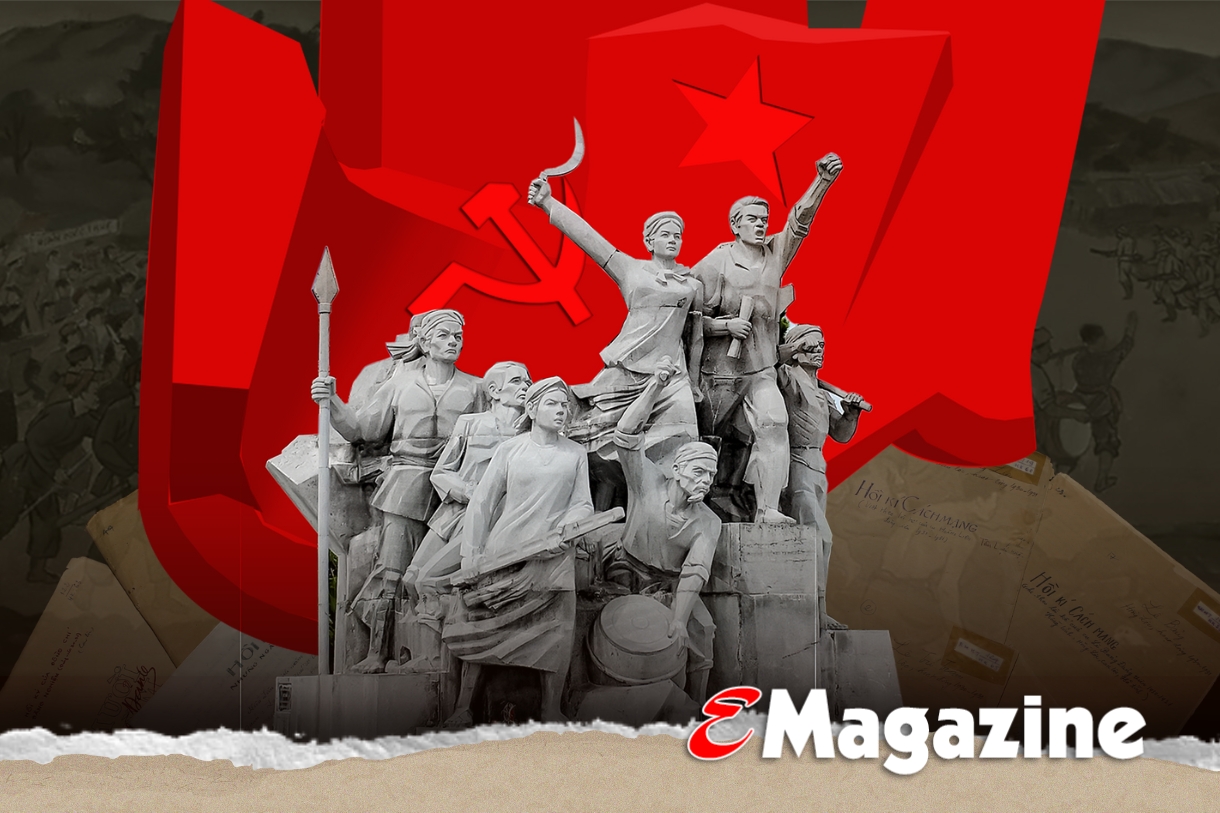



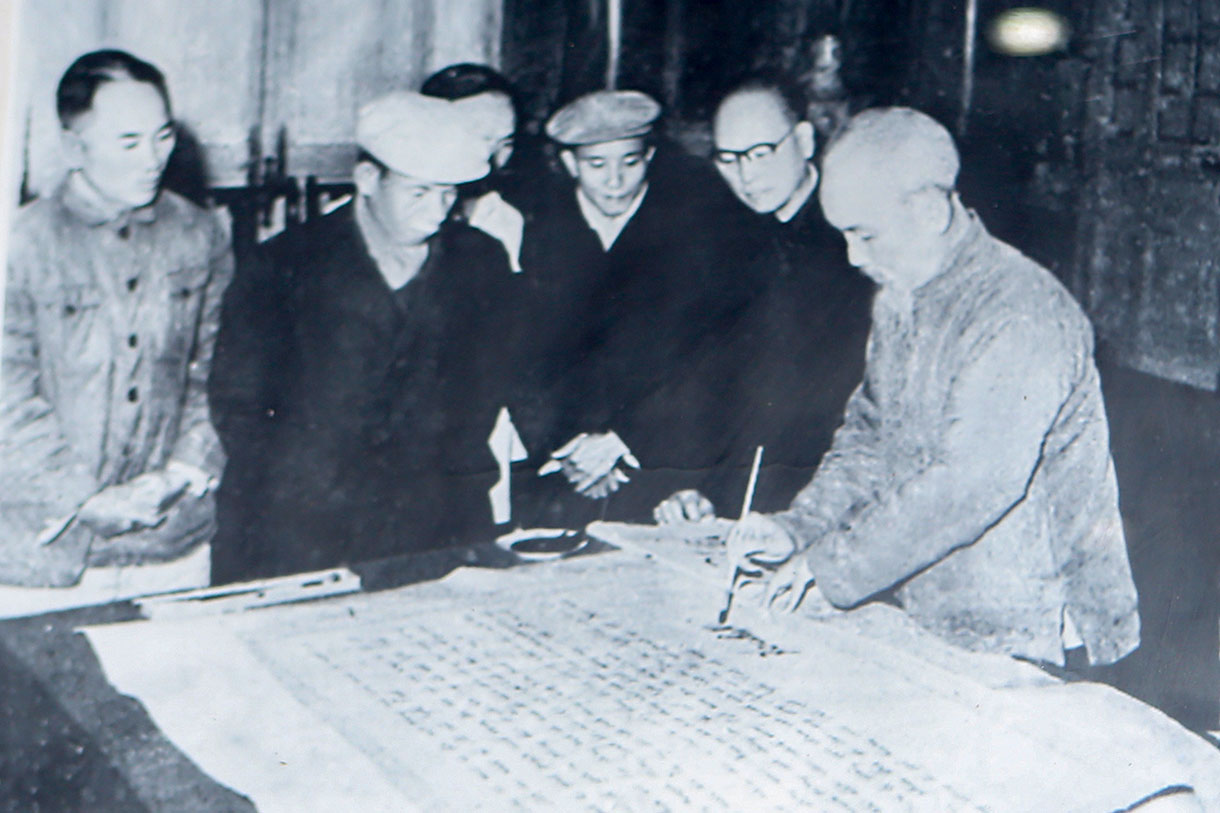


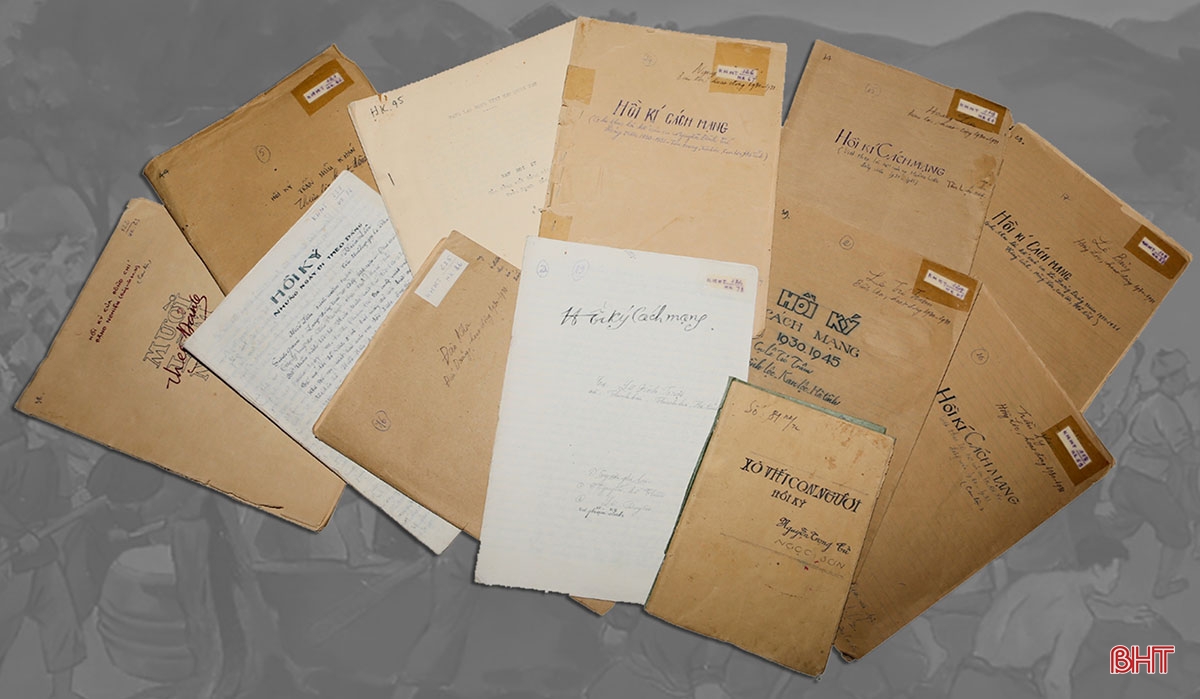
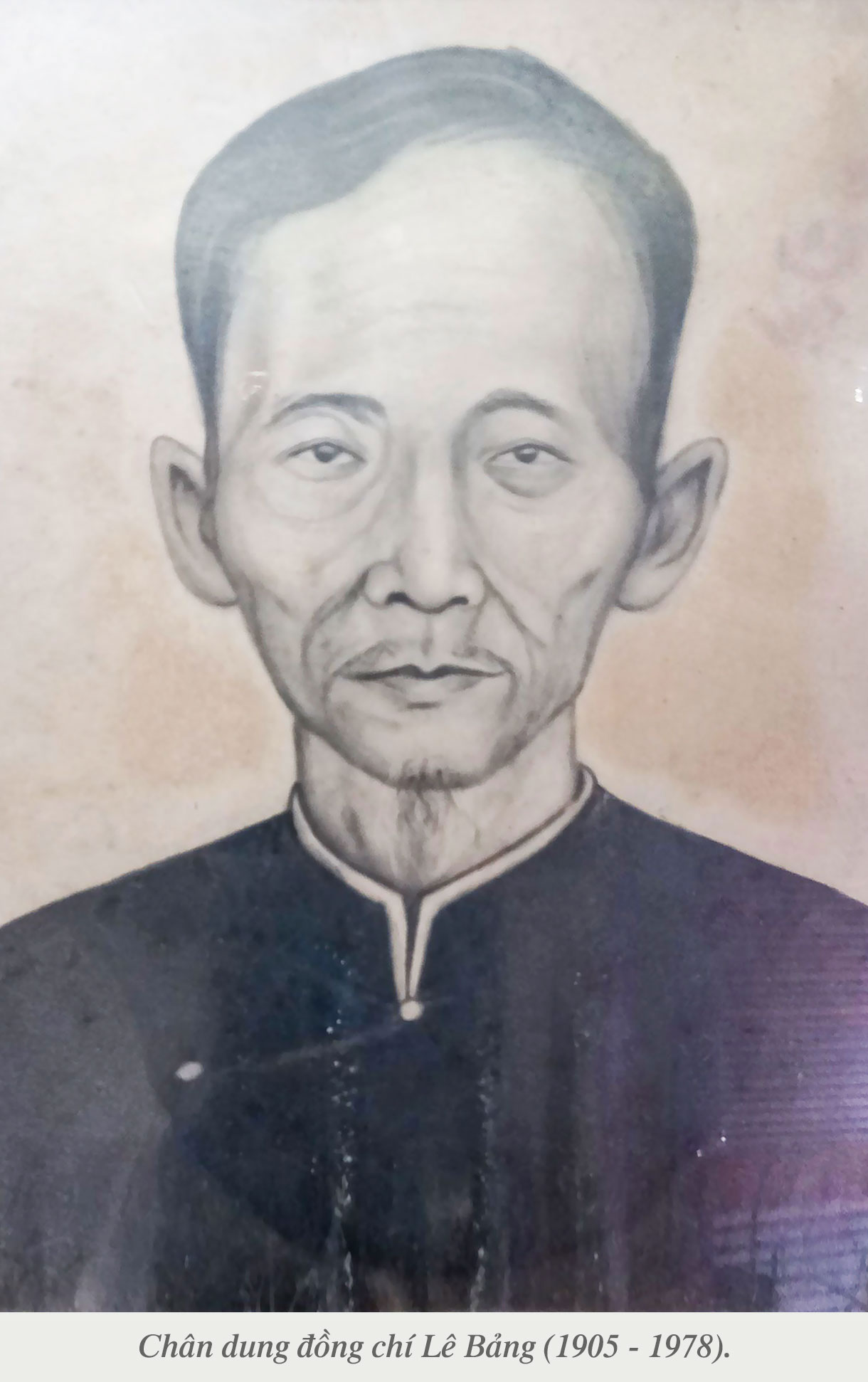
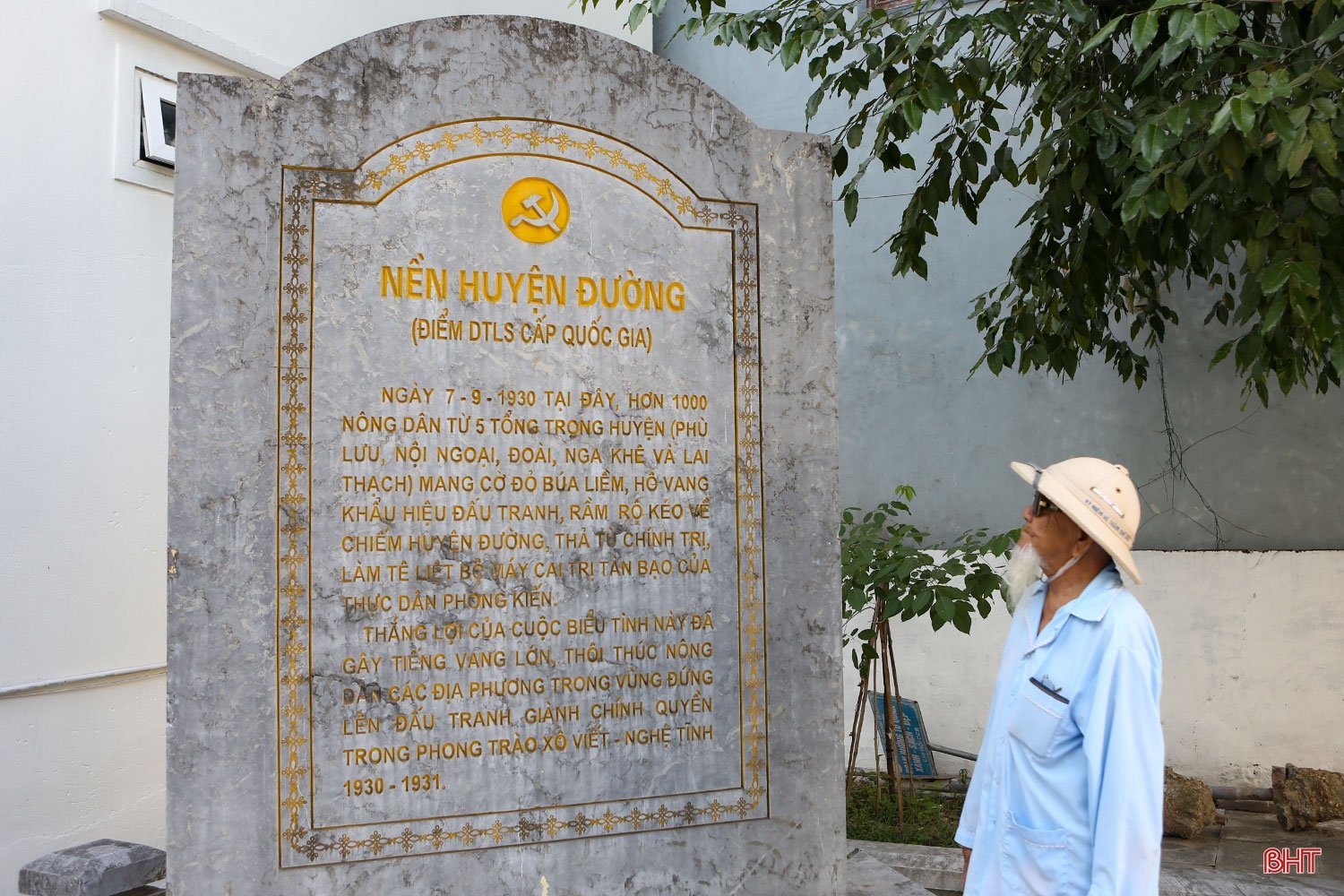
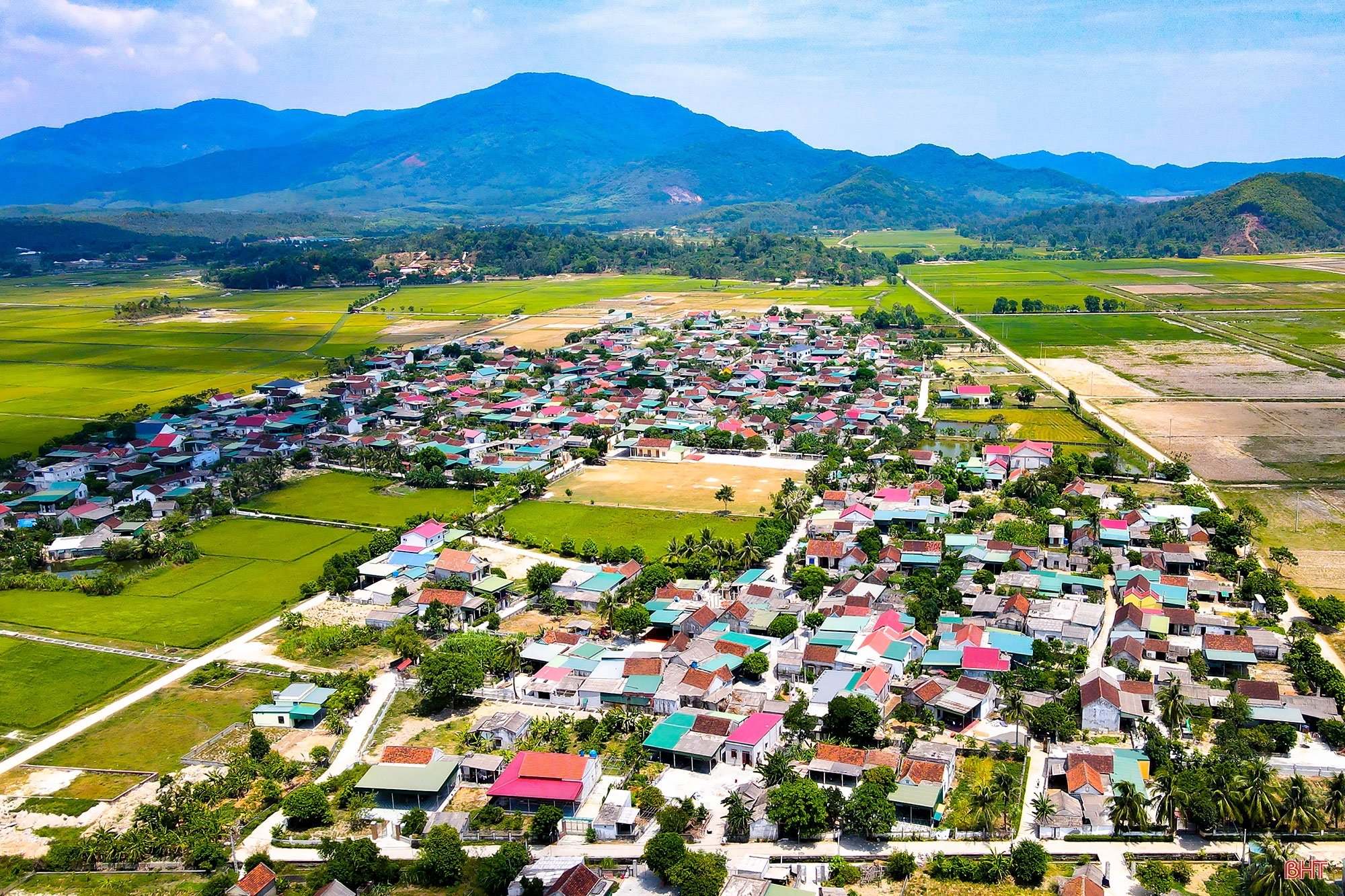
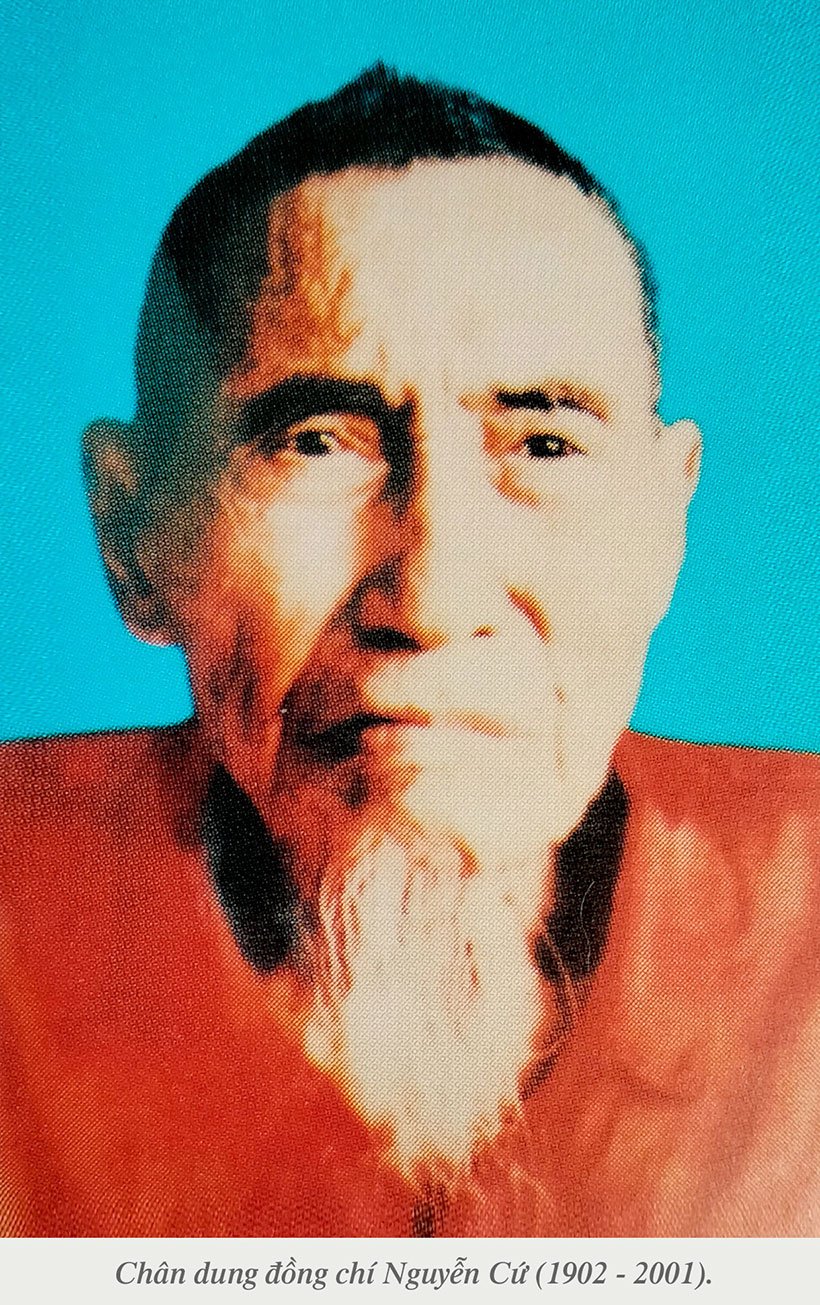
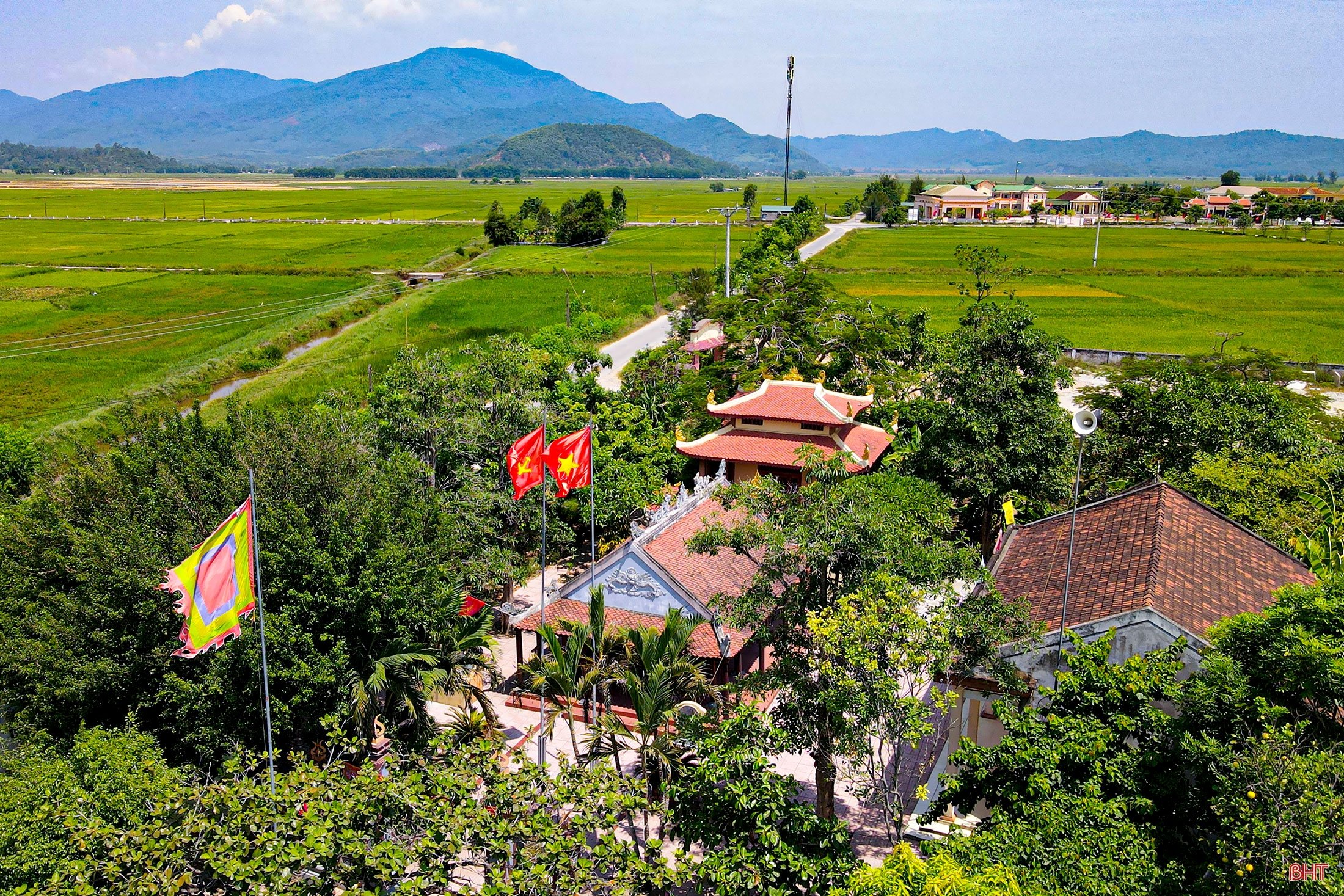
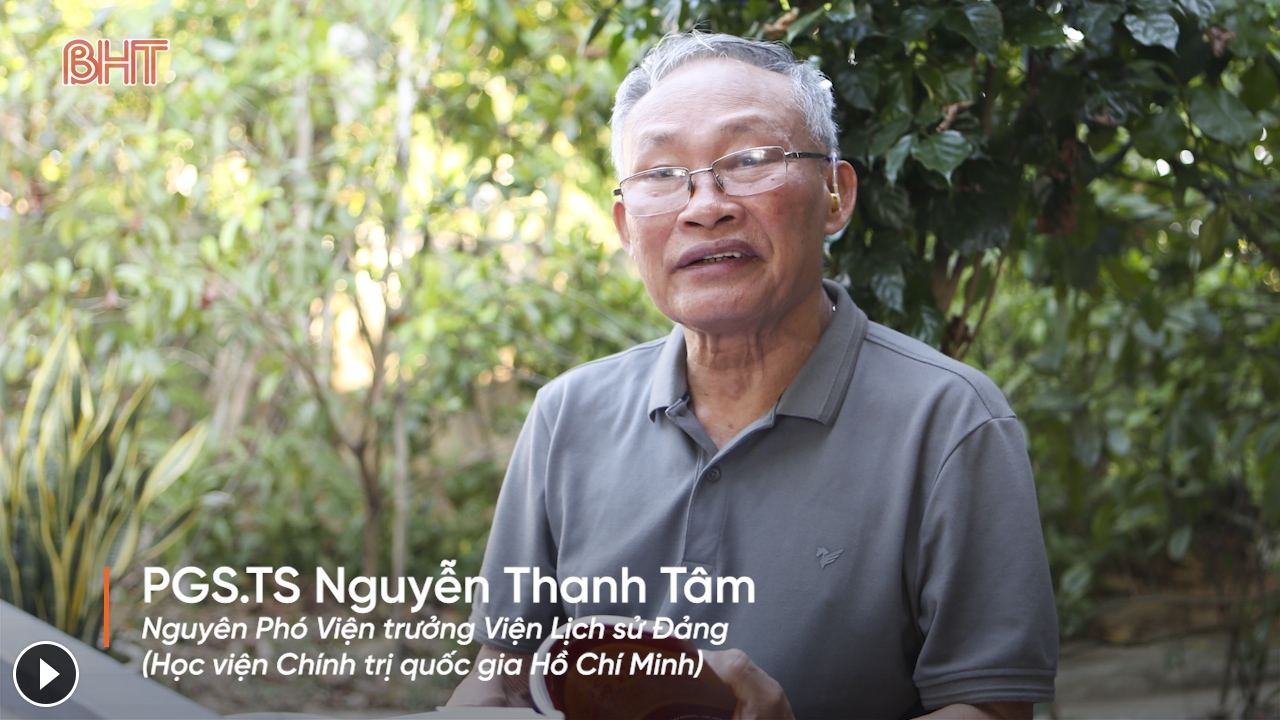

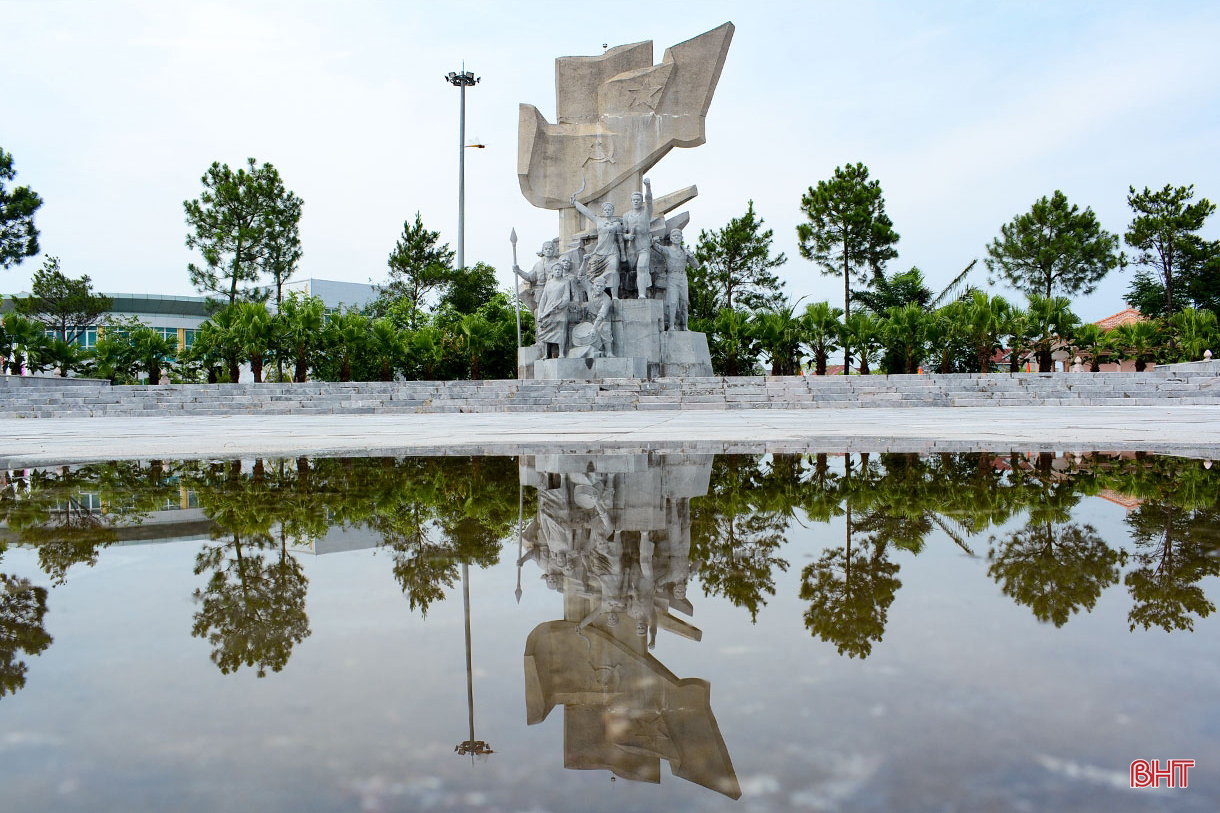

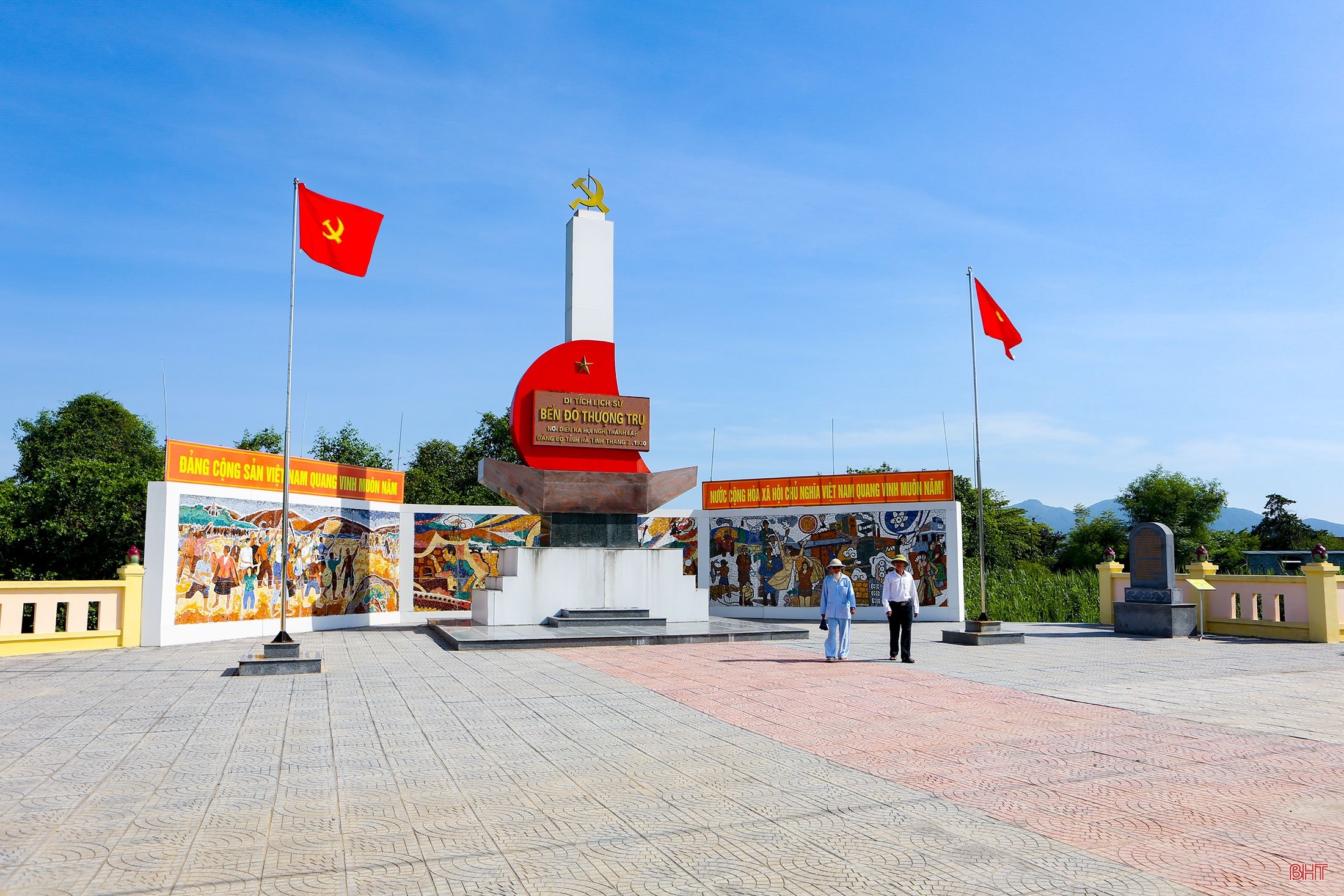
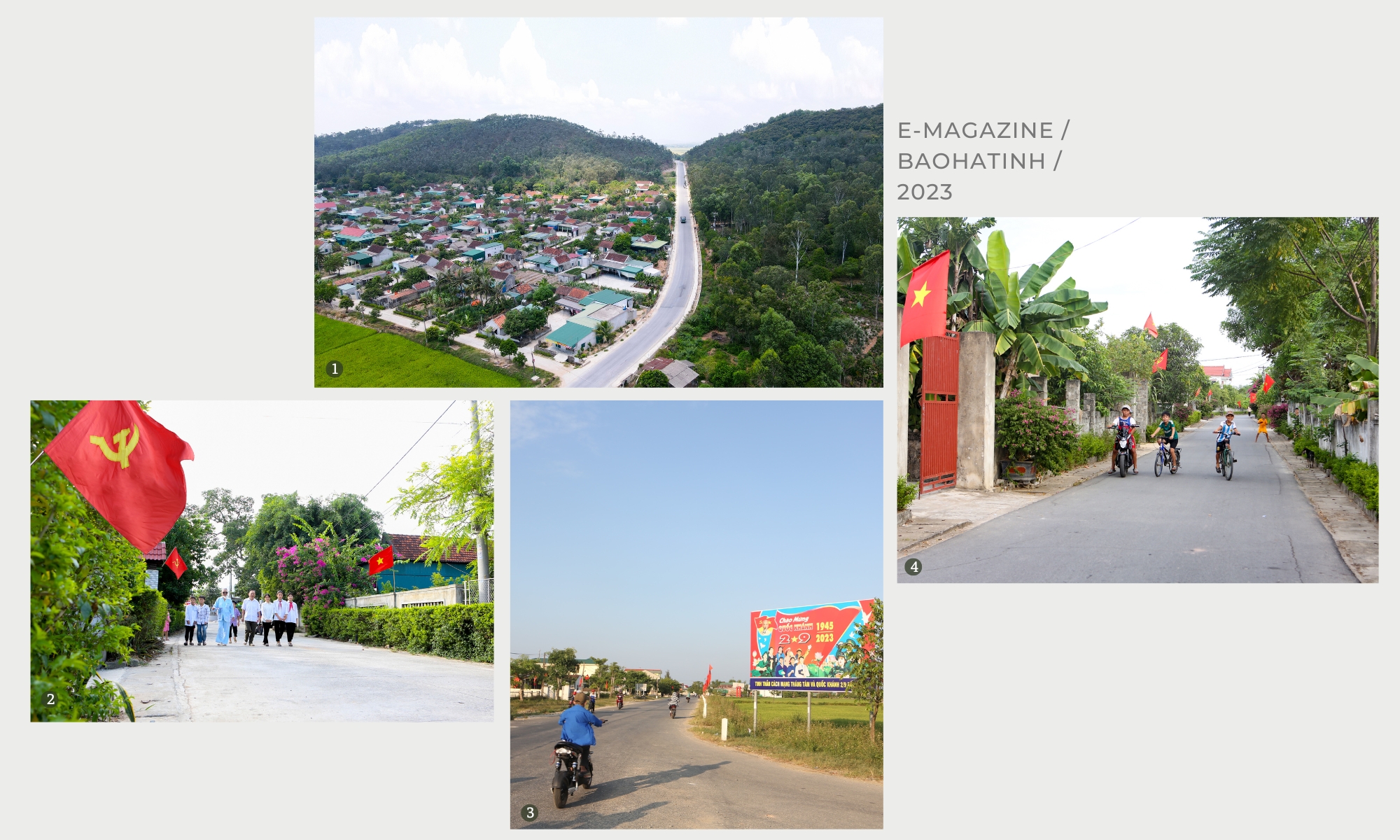
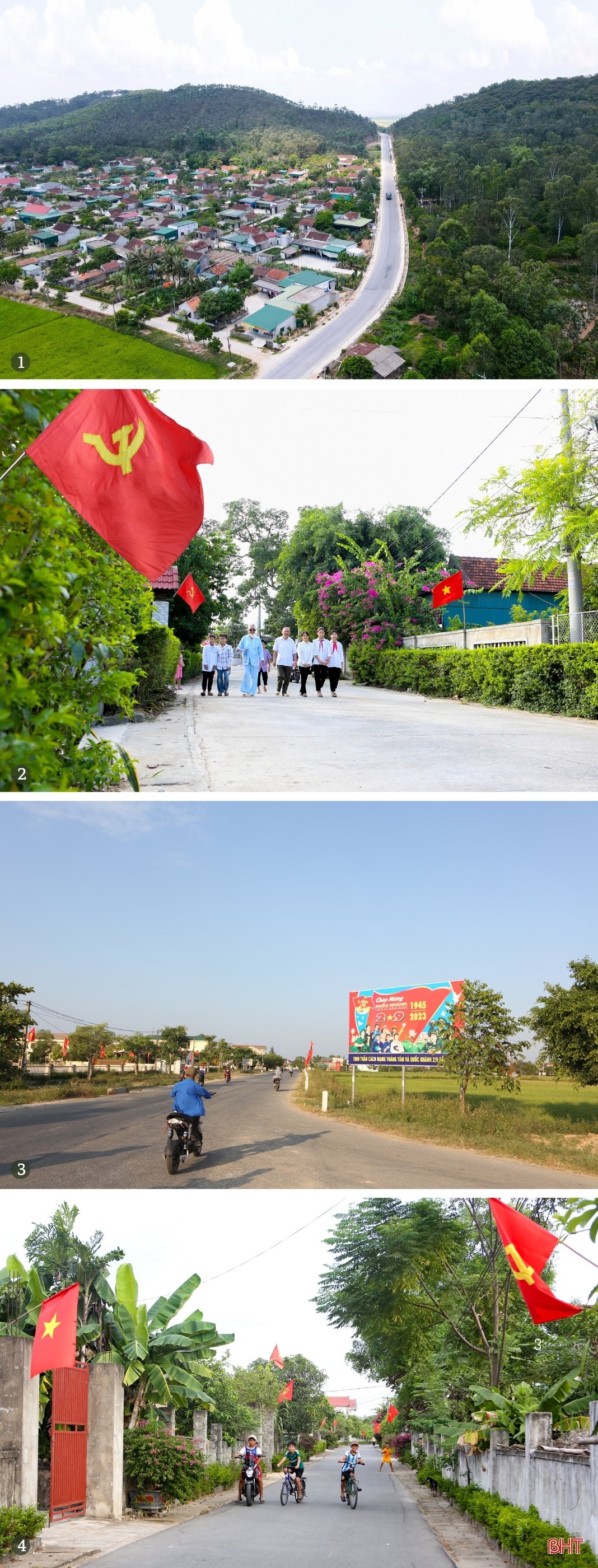
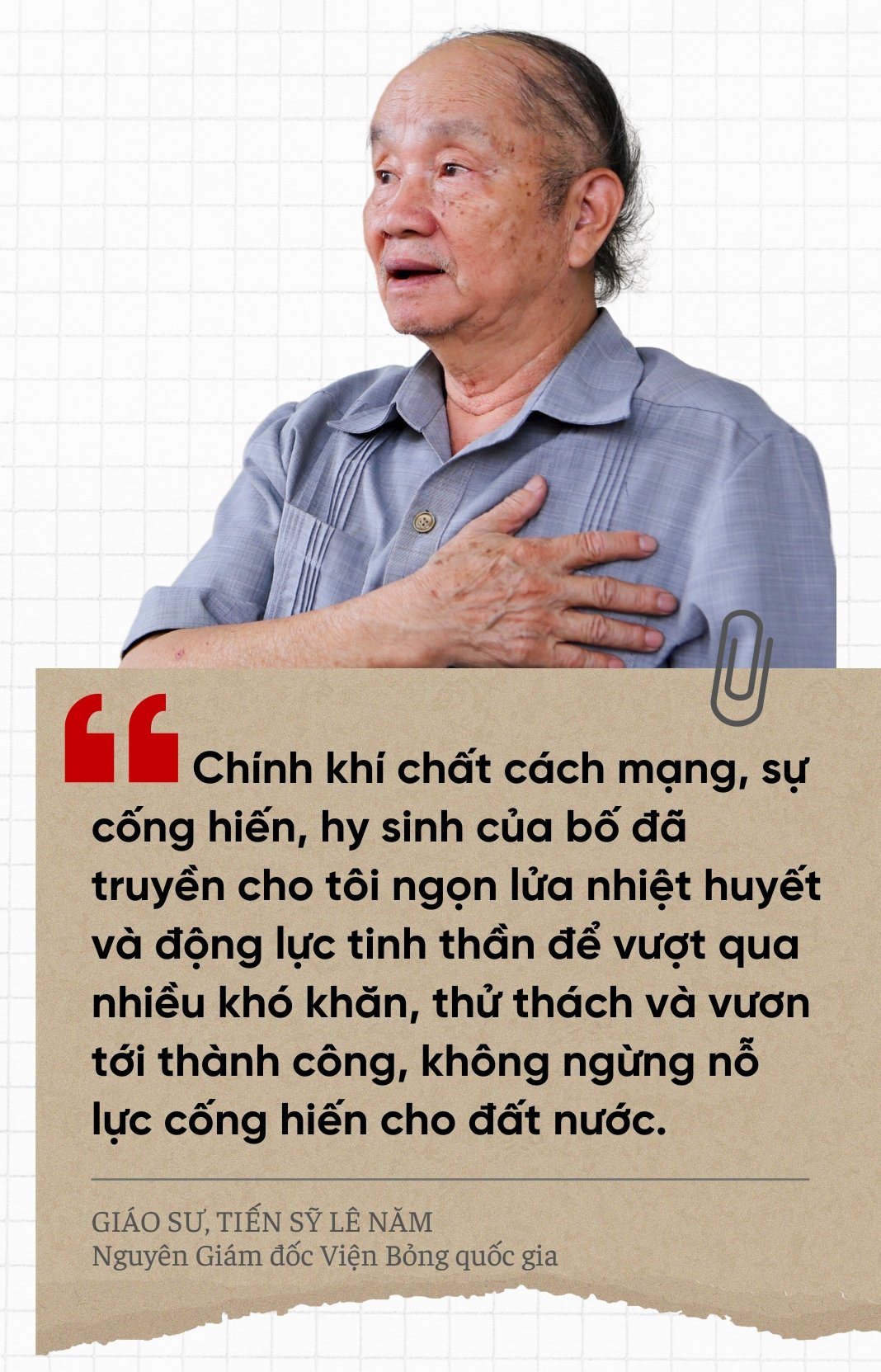

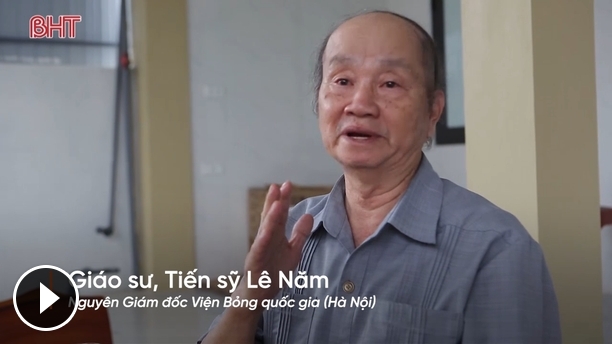

![[Photo] 2nd Conference of the Party Executive Committee of Central Party Agencies](https://vstatic.vietnam.vn/vietnam/resource/IMAGE/2025/3/31/8f85b88962b34701ac511682b09b1e0d)
![[Photo] Speeding up construction of Ring Road 3 and Bien Hoa-Vung Tau Expressway](https://vstatic.vietnam.vn/vietnam/resource/IMAGE/2025/3/31/f1431fbe7d604caba041f84a718ccef7)
![[Photo] Prime Minister Pham Minh Chinh receives delegation of leaders of US universities](https://vstatic.vietnam.vn/vietnam/resource/IMAGE/2025/3/31/8be7f6be90624512b385fd1690124eaa)
![[Photo] General Secretary To Lam receives US Ambassador to Vietnam Marc E. Knapper](https://vstatic.vietnam.vn/vietnam/resource/IMAGE/2025/3/31/5ee45ded5fd548a685618a0b67c42970)

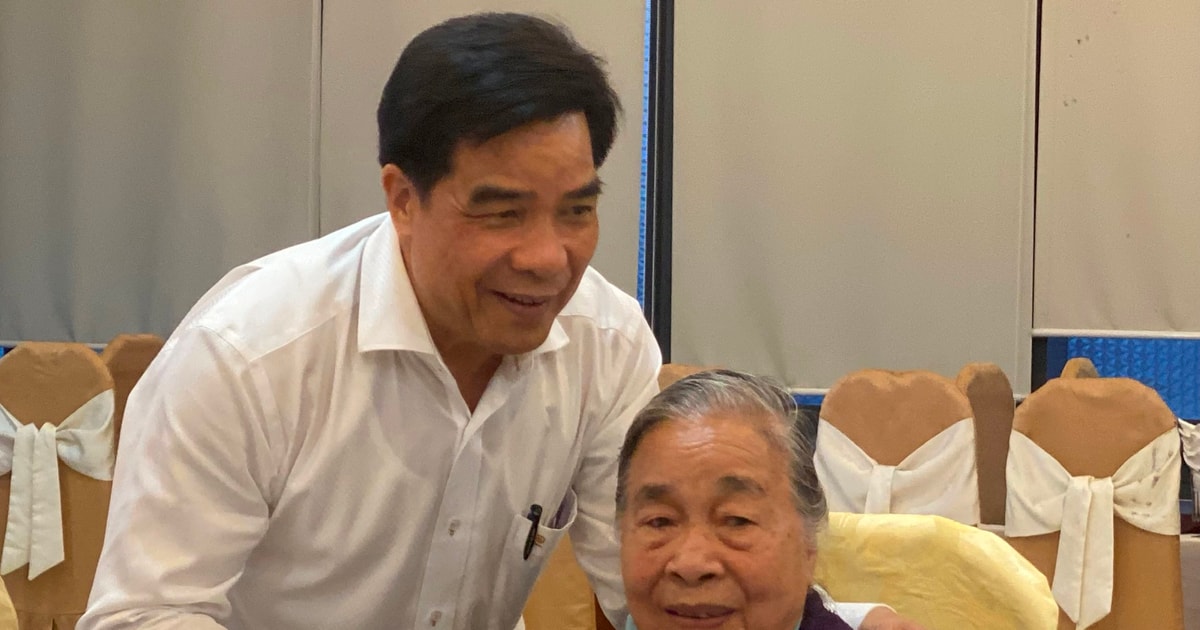
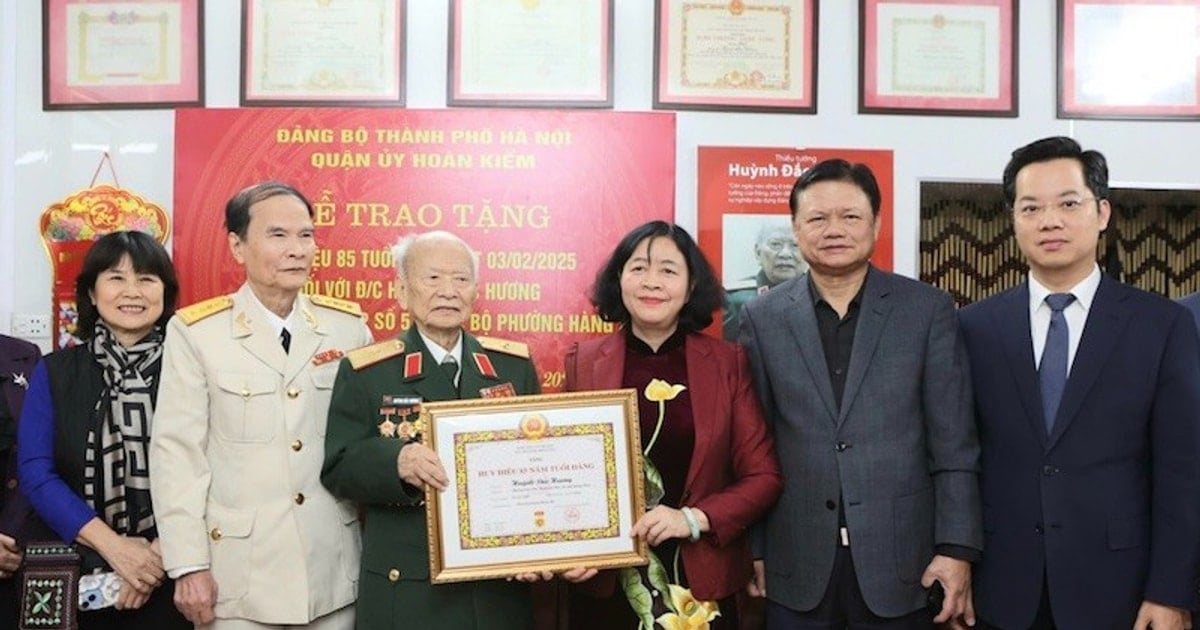
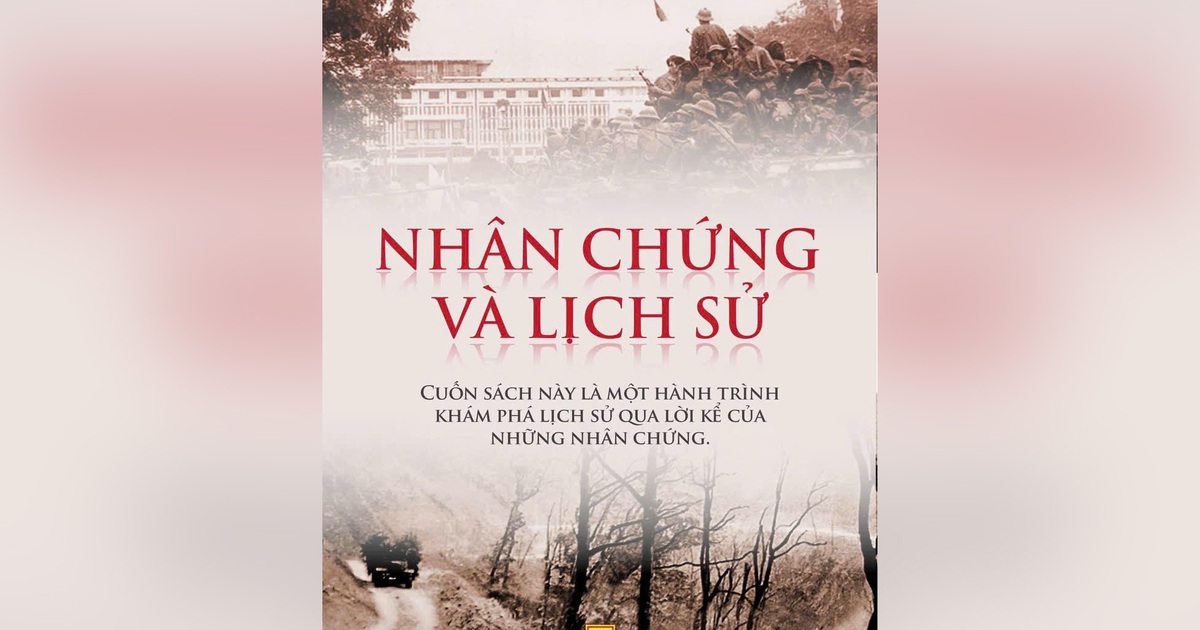

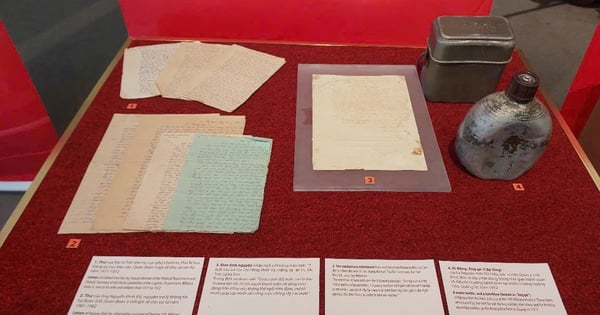


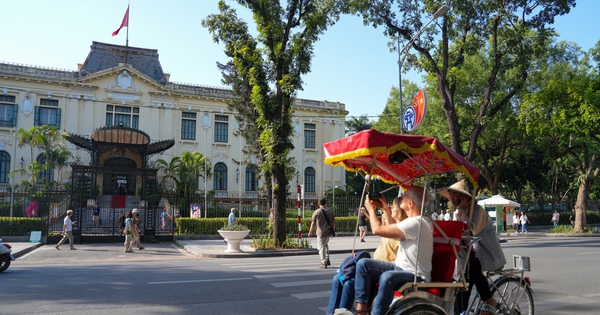
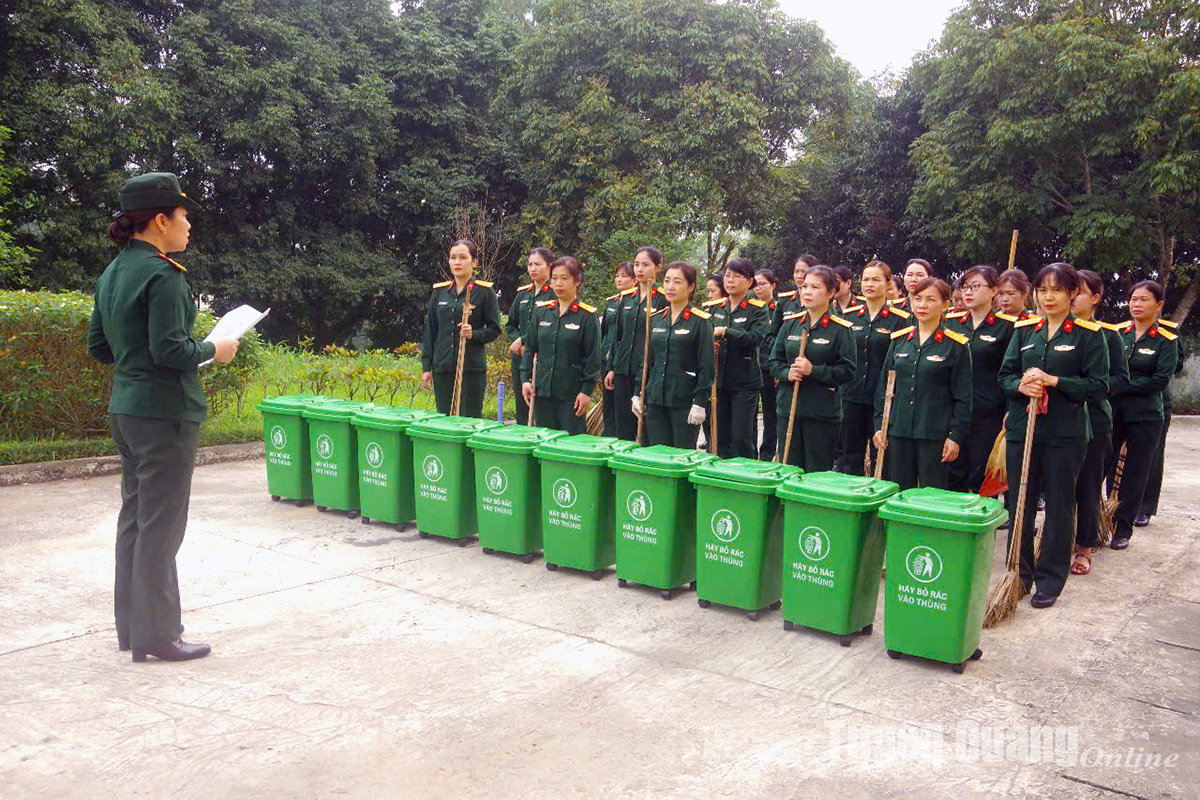
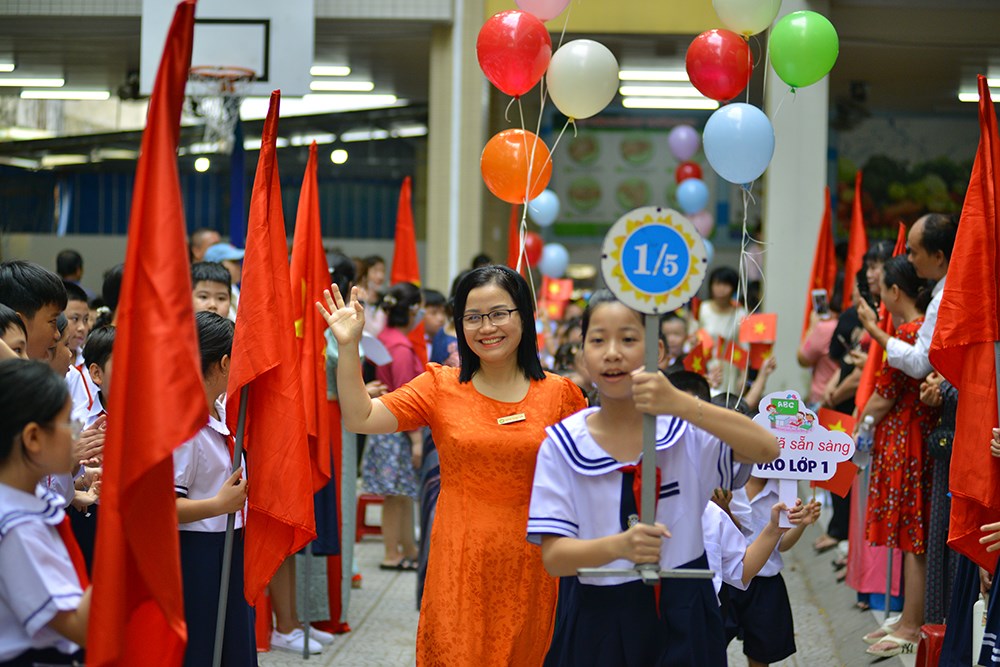







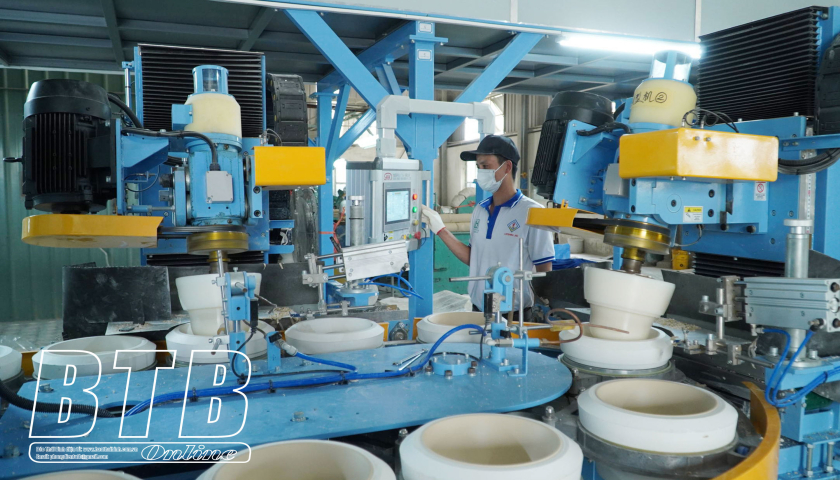




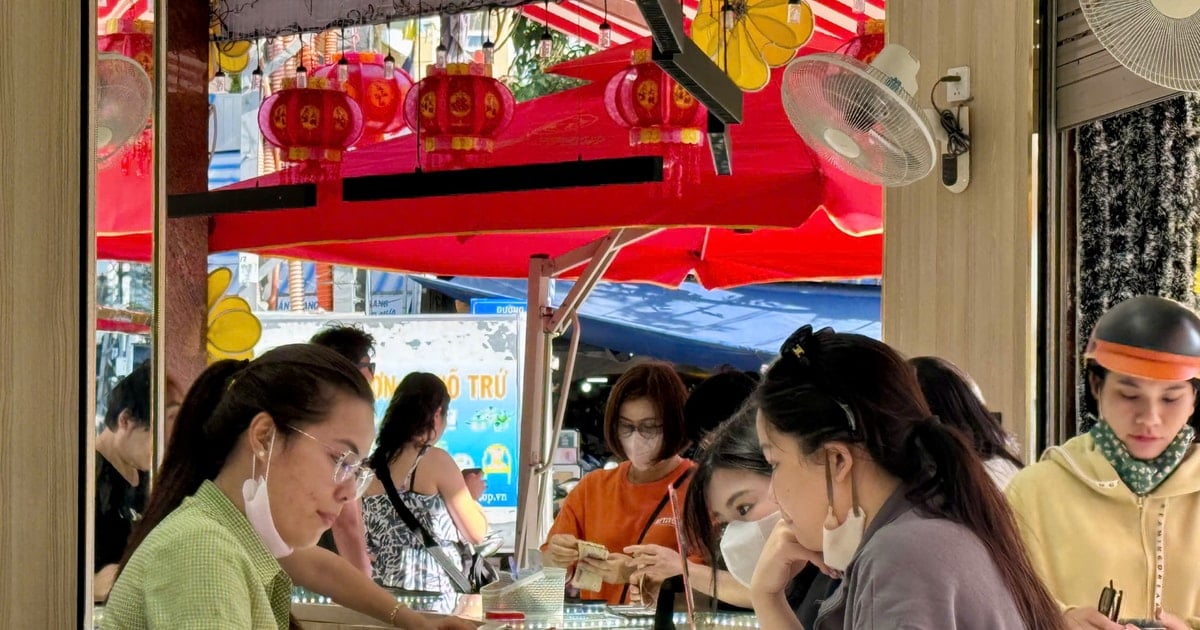






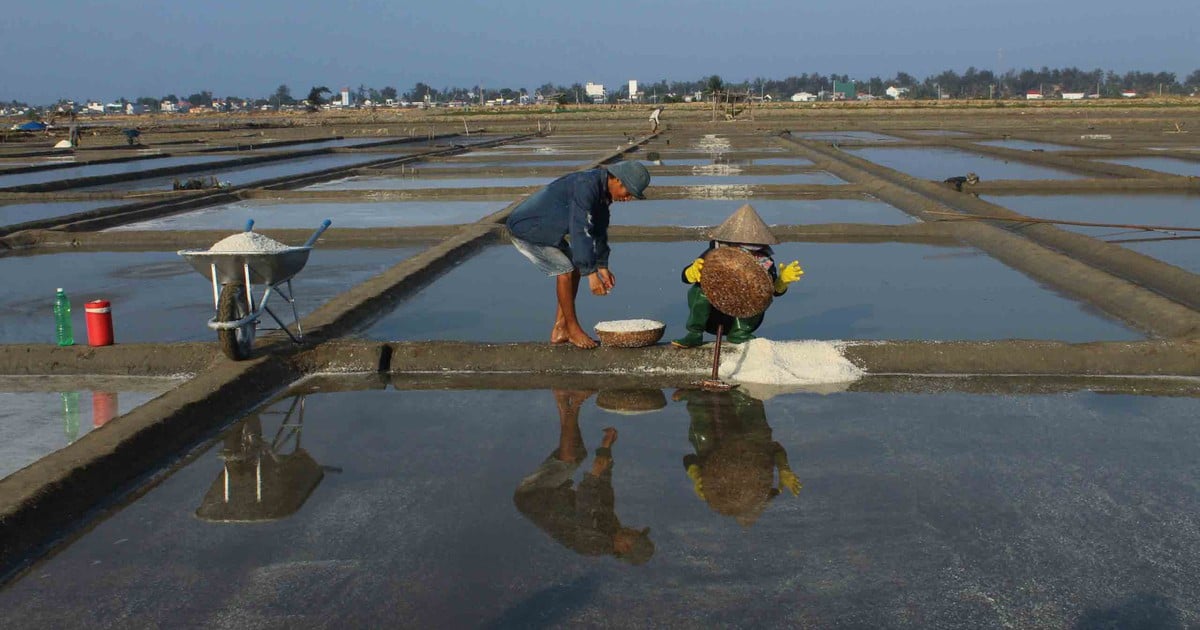

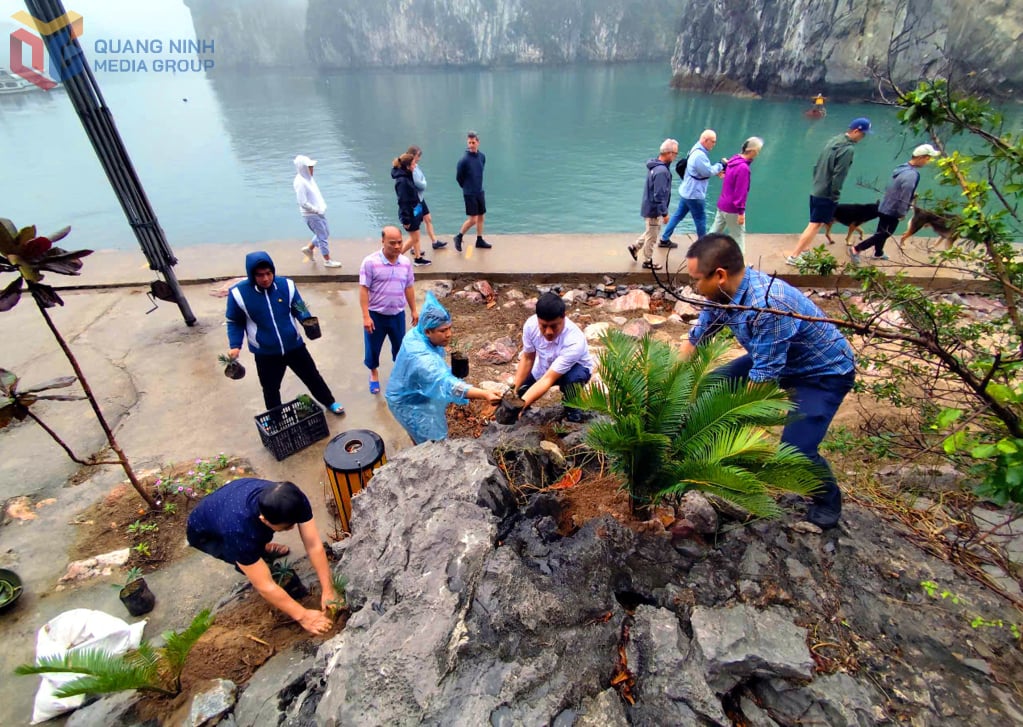





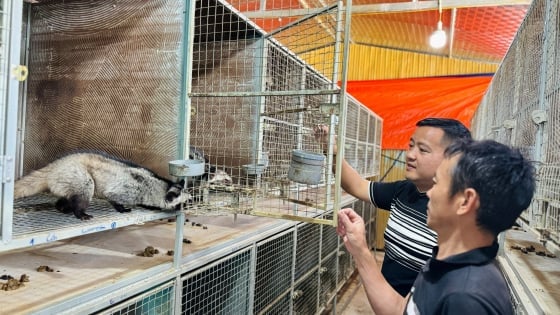

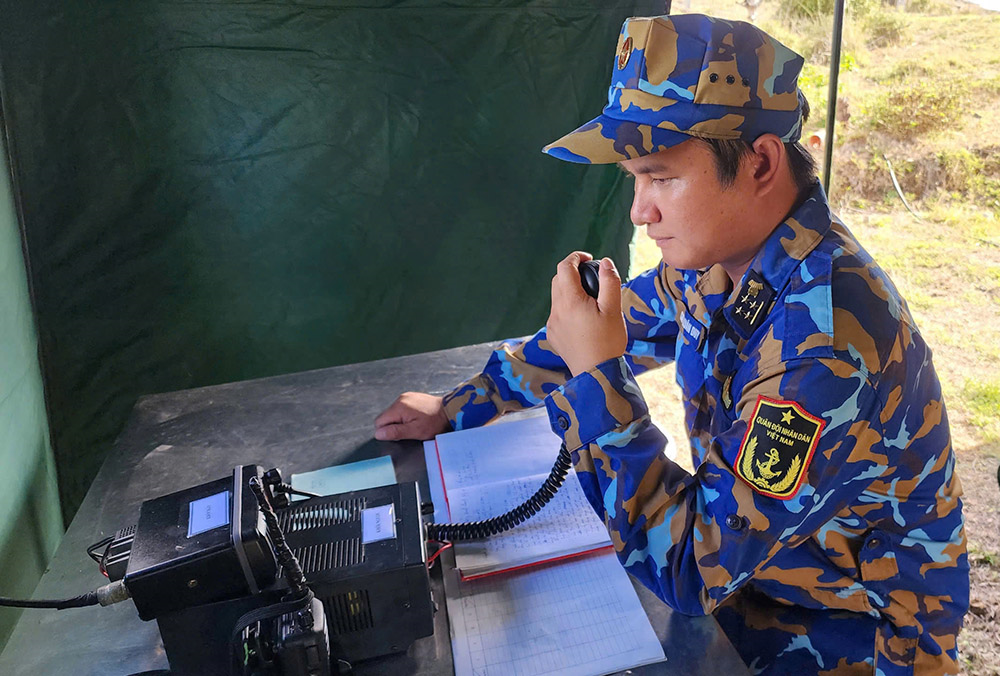

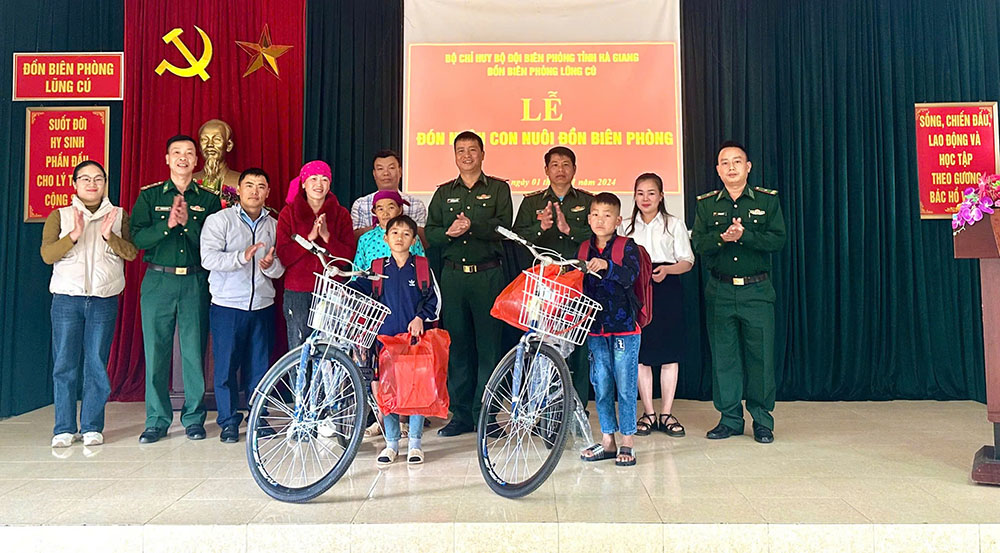












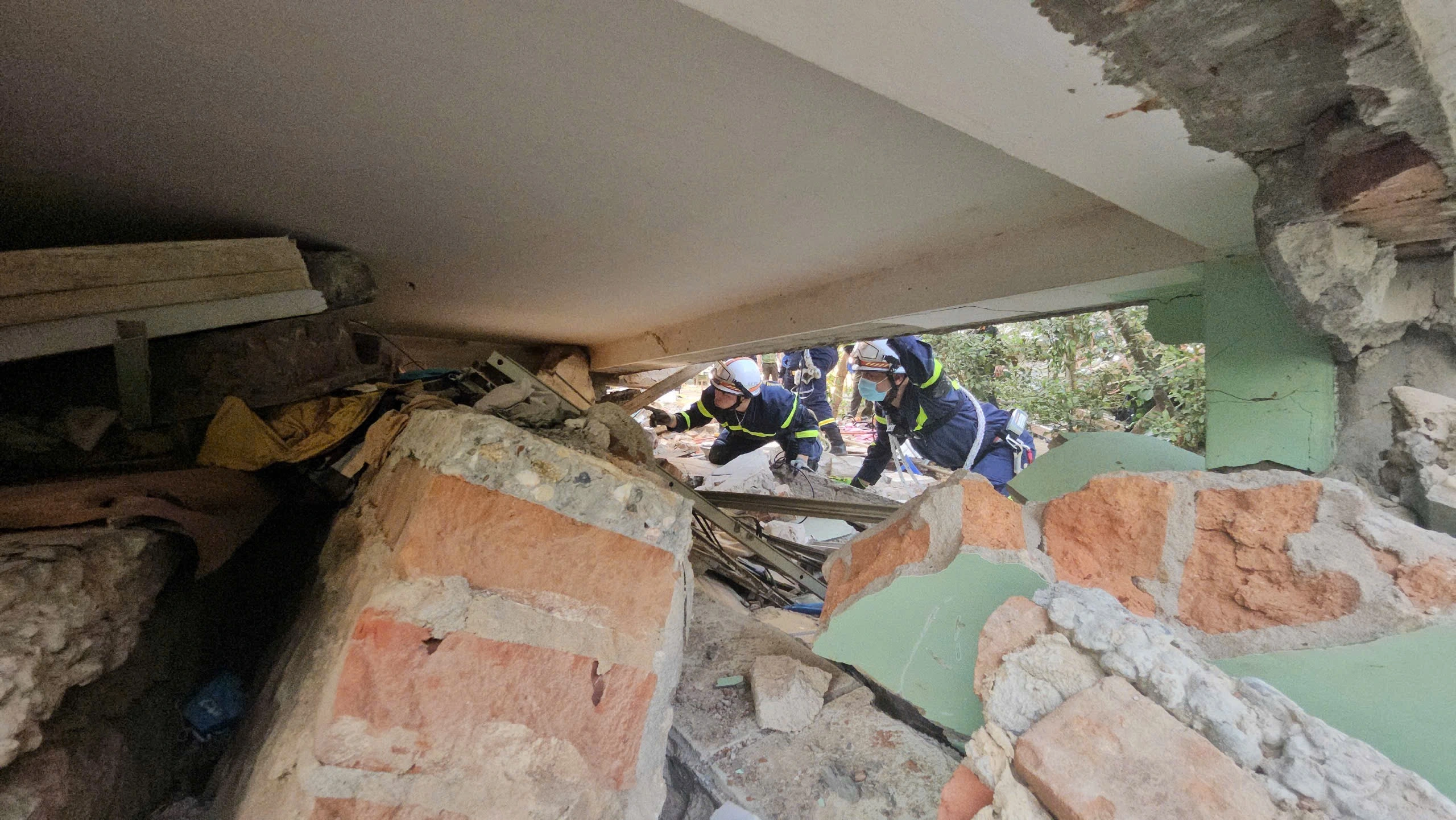


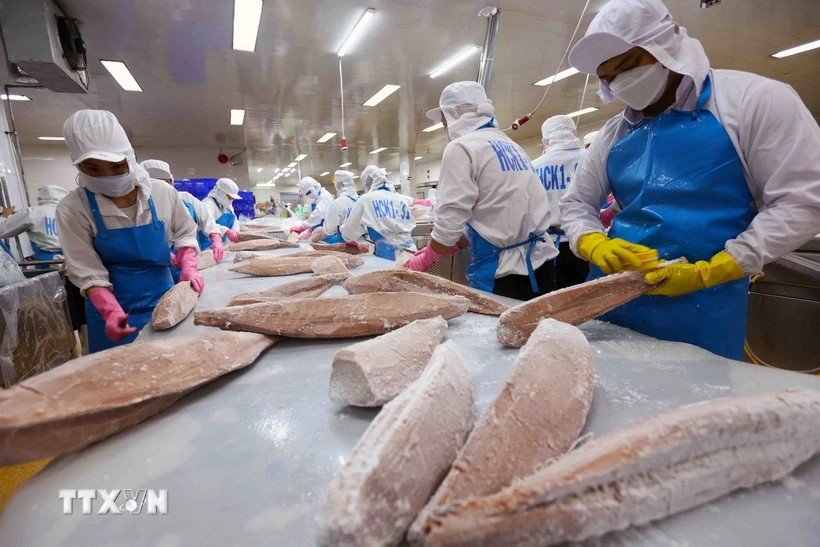



























Comment (0)